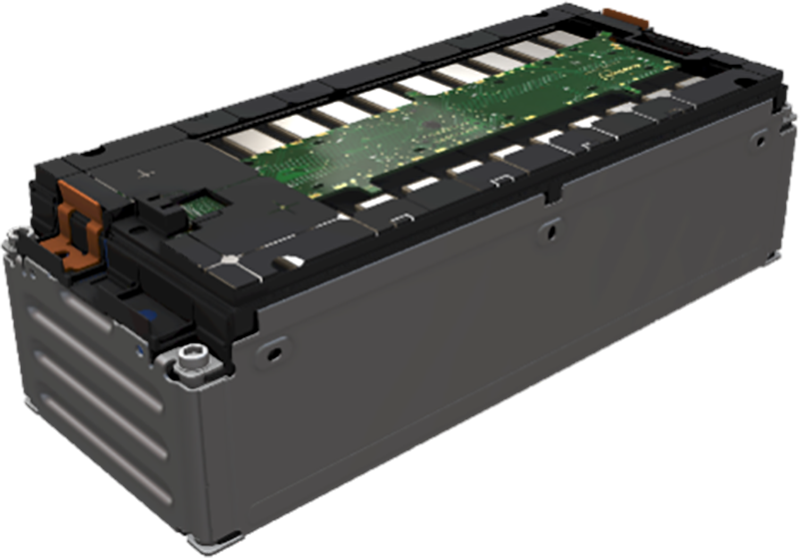




There are three big obstacles to EV adoption, and they all have to do with charging. Customers know that:
Relying too much on fast charging can reduce the life of an EV’s most expensive component: the battery.
2
“Fast charging” isn’t fast – it can take 30 minutes to even prepare to charge an EV.
It doesn’t last. Is a 20-minute charge the same as a gas stop? (Nope.)
*Concept shown. Actual charging stations subject to change.

TAE Power Solutions addresses all of these concerns with its proprietary pulse technology that can power both vehicle batteries and charging stations, in addition to other stationary applications.
Current fast charging capabilities become indistinguishable from standard charging times once a car’s battery impedance and heat reach a certain threshold. TAE Power Solutions’ technology both maintains high current charging without degrading the battery and offers patented pulse charging on a module-by-module basis to extend battery life and deliver four times faster charging than conventional fast charging†.

Our proprietary ACi Pack can scale from compact car to city bus to light-rail. When TAE Power Solutions’ technology is inside, fast charging is not far away.
Our pulse charging technology applies to both electric vehicle batteries and stationary storage. If your charging station requires more power than the grid can provide, TAE Power Solutions can collect, store, and deliver high current pulse charging to get you back on the road or return your storage systems to full capacity.
*Concept shown. Actual charging stations subject to change.


TAE Power Solutions monitors each individual module in your vehicle’s battery to tailor charge and discharge based on current module health and performance. Heating your battery from the inside out allows for ultrafast charging without the need for time consuming preheating.
*Concept shown. Actual modules subject to change.
© TAE Power Solutions, LLC is a subsidiary of TAE Technologies, Inc. Unless otherwise noted, TAE, TAE and other logos, and all other trademarks are the property of TAE Technologies, Inc.
